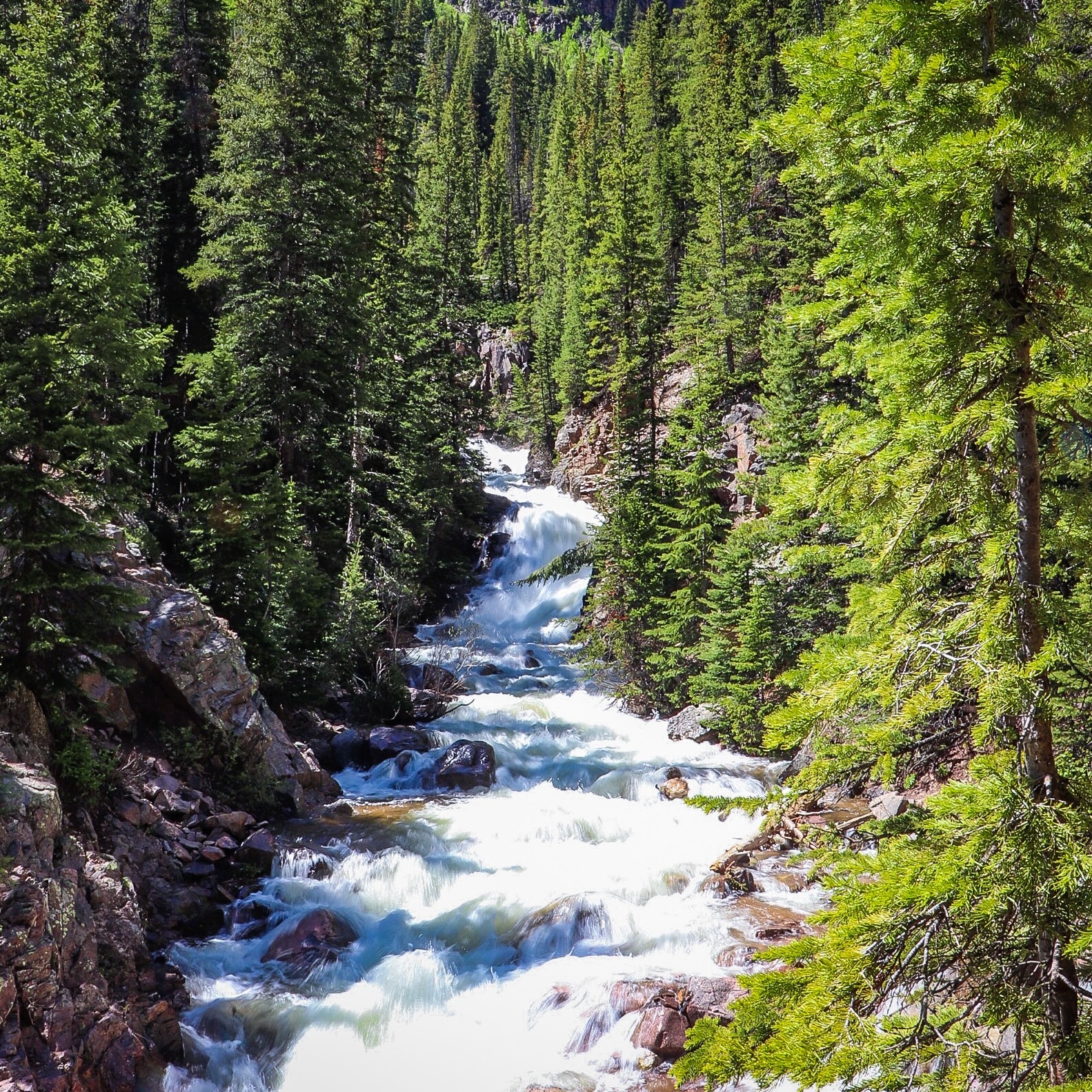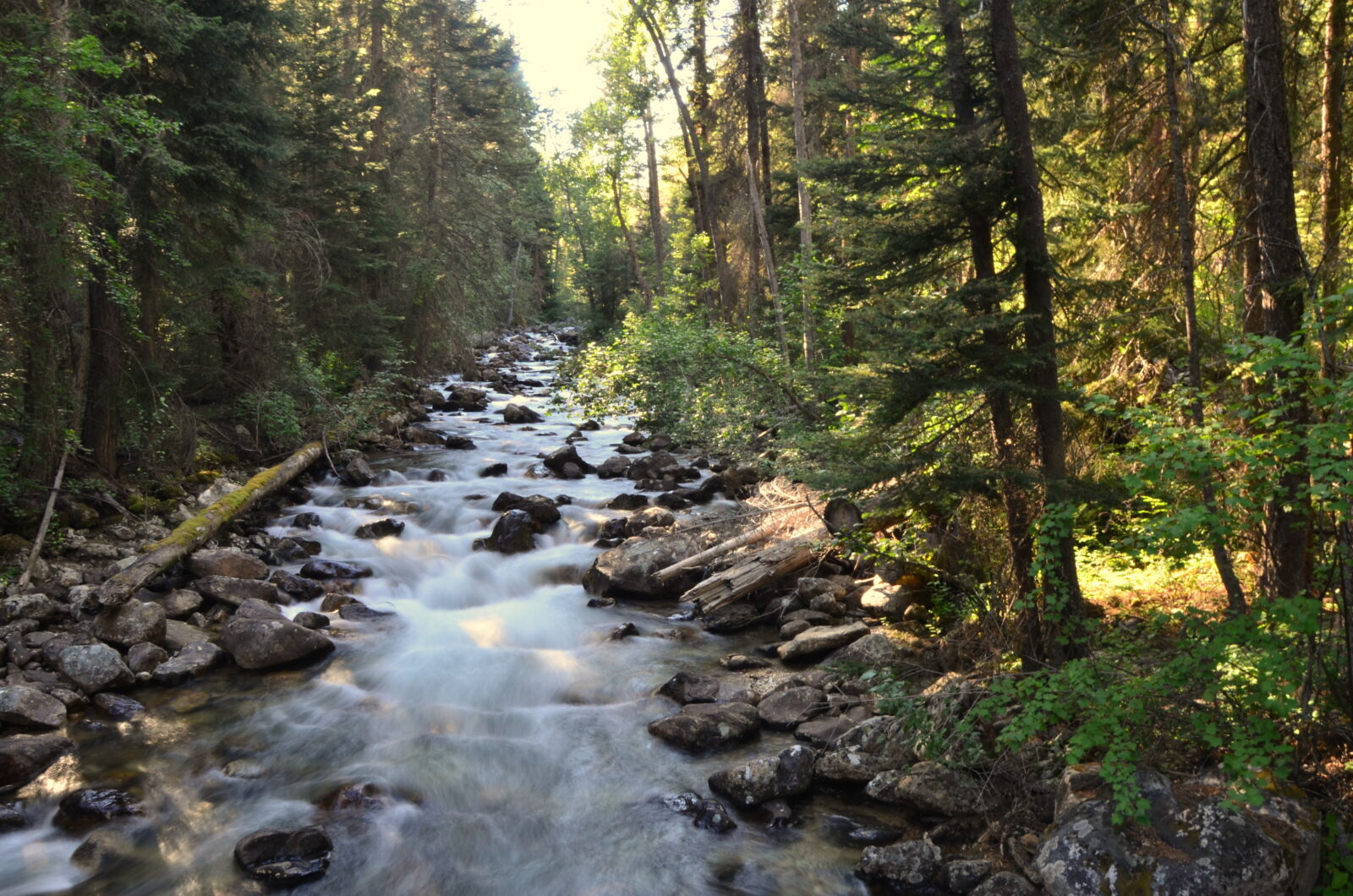Did you know that each time you turn on the faucet, you may have a National Forest to thank? Not only do our forests provide a host of environmental and public health benefits - storing carbon and providing rich wildlife habitat - they are also essential to a clean, plentiful water supply. In fact, 20% of the U.S. water supply originates from within the boundaries of National Forests. They host the bountiful watersheds that provide water to millions, including communities like Los Angeles, Denver, and Atlanta. Through our 50 Million For Our Forests campaign, we are helping to ensure that forests continue to provide these essential hydrological benefits.
This water resource is so valuable that Congress identified it as an integral component of our forests when establishing them with the Organic Act of 1897. Along with the multiple objectives inherent in managing public lands, the Act also intended National Forests “for the purpose of securing favorable conditions of water flows.”

Photo: Patrick Williams
How do National Forests reach your tap?
Trees intercept rainwater in the canopy, slowing its descent to the forest floor. These sylvan sponges catch an average of 1,400 gallons of rainwater per year: about as much as the average person in the U.S. uses in half a month! Trees improve water quality by absorbing and filtering pollutants through phytoremediation, keeping them out of aquifers and streams. They also improve soil quality with their strong, stable root systems and by increasing the water storage potential of soil. This helps minimize sediment and debris flow into streams.
What happens to watersheds when high-intensity wildfires sweep through our forests?
Because burnt, eroded soil is less absorbent than healthy soil, wildfire can quickly impair watersheds, diminishing water quality and quantity. Eroded soil repels water, which can trigger flooding, leading to further erosion and landslides. In addition, wildfires can destroy critical riparian buffers that protect waterways from pollutants.

Photo: Ray Foote
Planting trees can help!
Reforesting after wildfire helps restore watersheds by stabilizing soils, reducing erosion, and improving water quality. Planting trees where they are needed most, our Reforestation Program is securing critical water resources for all Americans.
Want to improve watersheds damaged by wildfire and other disturbances? Support our campaign and plant trees now.
Header photo: Lione Clare

